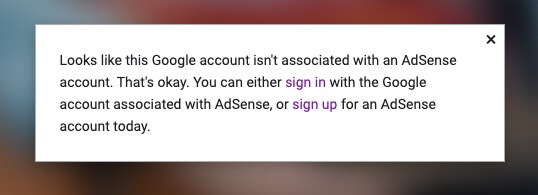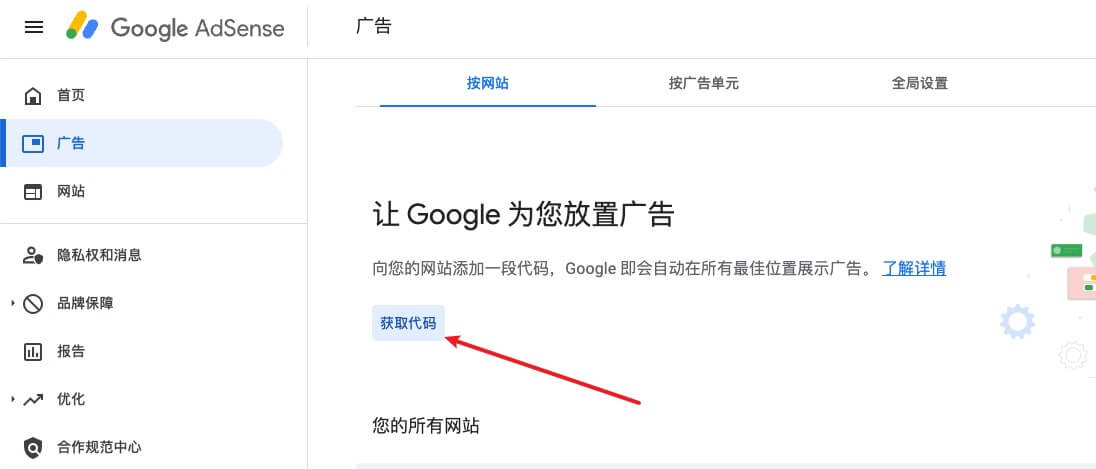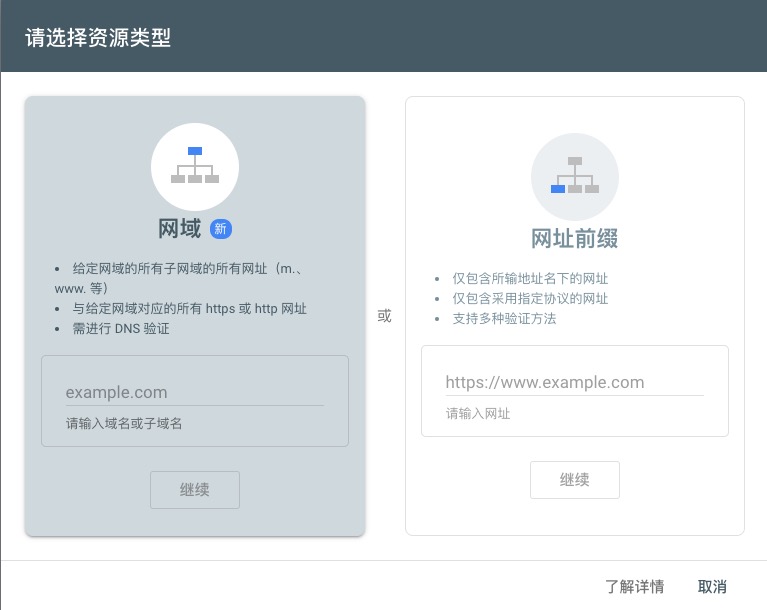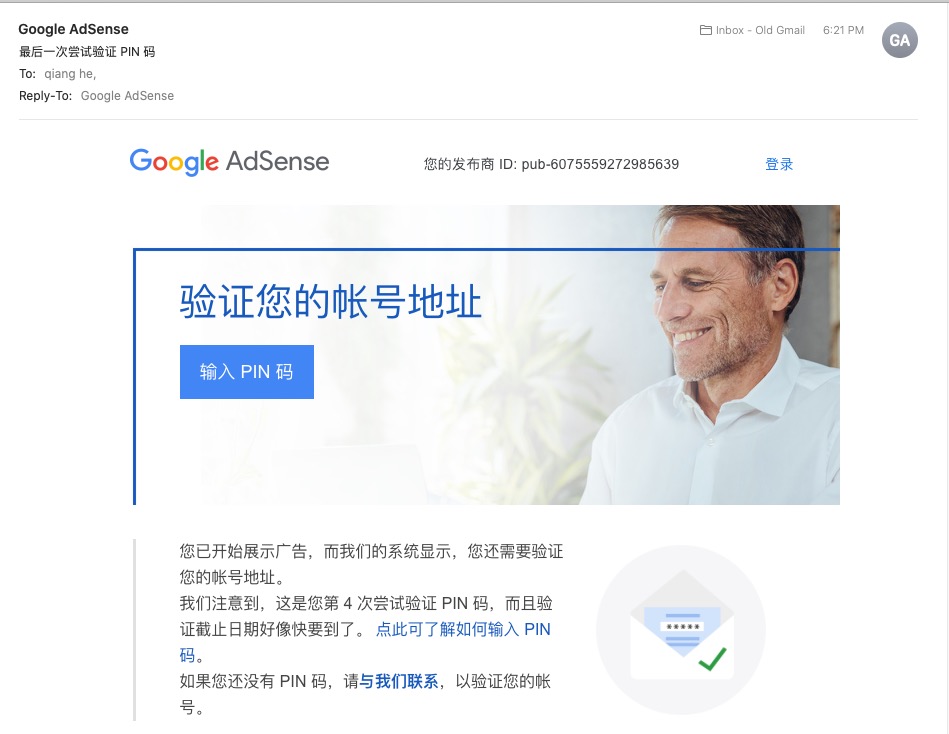My blog has integrated Google AdSense. Although it doesn’t make money, it’s a virtuous process - the more articles I write and the better they get, naturally SEO improves, user traffic increases, and ads naturally generate income, and it’s 24/7.
I found there’s not much introduction online about integrating Ads, so I’ll explain here
Google AdSense/Search Console/Analytics
Google has these 3 services. Do you need to activate all of them? What are the differences? Let me explain.
- AdSense controls ad placement on websites to make money
- Search Console is basically a webmaster tool where you can submit sitemaps to Google for indexing, the purpose being SEO
- Analytics comprehensively analyzes your site - like what users, where they stay longer, etc. The data is more detailed and multi-dimensional.
For example, my blog doesn’t need such detailed analytics data, so AdSense/Search Console are sufficient. The reason I need Console is for SEO, thereby improving the probability of users finding my articles through search. With traffic, there are naturally opportunities to place ads and make money.
Google AdSense Registration
Ad account is separate from the Google account itself, it just supports Google account SSO. Directly logging into AD will prompt that the Google account hasn’t registered for AD service, just choose sign up

Google AdSense Integration
- Follow the prompts for website integration, which will eventually add an ads.txt file.
- Confirm that adsbygoogle code has been integrated

After correct integration, it takes about 1 hour before ads will display
Search Console Integration
There are two ways to add sites: domain/URL. Domain will include all subdomains and the verification method is DNS record addition. URL only covers the target domain.

Since I only want to add two domains and track them separately, I chose URL, then flexibly choose the method. For example, I chose HTML tag here, configure google_site_verification, then select verify.
AdSense Revenue Transfer to Domestic Bank Cards
When Google Adsense account balance reaches $10, PIN code verification will be triggered. This means sending a PIN code via regular mail to the payee address in the publisher account. If verification isn’t completed within the specified period, ad display will be stopped.
Check your mailbox for PIN code related emails - the Chinese title is
Action needed: Please verify your payment address in AdSense
PIN code can be received up to 4 times, note that if you apply for a new PIN code but receive an old PIN code, it can still be used for valid verificationDomestic addresses can’t receive the mail, so you need to wait until all 4 attempts fail, then proceed with online verification
Online Verification

Bank Card Cannot Accept Remittance
Taking China Merchants Bank as an example, starting from May 2024, overseas remittance receipts will find $5 missing. This fee is not a handling fee charged by China Merchants Bank but a deduction by the remittance correspondent bank.
For related issues, there’s discussion on v2ex
How to Close Adsense
Considering that ads affect webpage loading speed and impact user browsing experience, if you don’t like ad placement services, you can manually close it. The closing address is Console - Settings - Account, close account.
If you want to enable it later, visit the console and the webpage will prompt to reactivate the account, just click enable.
Final Thoughts
Since I haven’t used domestic ad services, I can’t make horizontal comparisons, but currently I think Google AdSense is a relatively simple and professional service.

